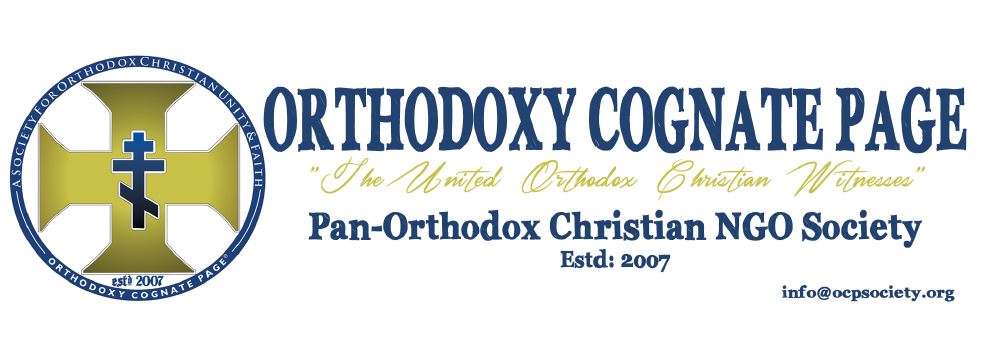Inside an Orthodox church, a forgotten layer of history
Robert Behre – 5/8/13
What does Charleston’s Greek Orthodox Church of the Holy Trinity have in common with Grand Central Station, the Boston Public Library and other American landmarks?
The answer has been covered up almost as long as the church has stood at 30 Race St. in downtown Charleston.
And it might have become lost to history if it weren’t for a local English teacher doubling as an architectural sleuth and a Massachusetts expert on Spanish tile vaulting.
This vaulting looks like a decorative finish but in fact is a lightweight structural network of interlocking tiles that enable the creation of grand, uninterrupted interior spaces.
This story begins in Spain, almost a century before the church was built on Race Street.
In the late 19th century, a father and son team of Rafael Guastavino Sr. and Jr. decided to immigrate to America and carry with them Spain’s long tradition of using light tiles to span large spaces.
Their work gave them a reputation as “building geniuses” and played an integral role in some of the nation’s most prominent train stations, banks, libraries, schools, hotels, churches and other structures, including Carnegie Hall, the Biltmore Estate outside Asheville, N.C., and the now-gone Pennsylvania Station.
But their deaths and the rise of modernist architecture ultimately led the company to close its doors in 1962.
And the Guastavinos and their technique have been fading from the nation’s memory ever since.
Millie Horton, an English teacher at Bishop England, saw an exhibit on Guastavinos’ work in the Boston Public Library, one of the firm’s best jobs. That led them to visit Rhododendron, the North Carolina estate where Guastavino retired.
Then Horton bought MIT architecture professor John Ochsendorf’s 2010 history, “Guastavino Vaulting: The Art of Structural Tile.” That’s where she learned that the only South Carolina project is here in Charleston.
Specifically, it’s the Greek Orthodox Church of the Holy Trinity, designed by Architect Harold Tatum.
Horton recently visited the church and met with longtime member and architect Tim Latto. They looked over Tatum’s plans and sure enough, they specified, “Guastavino Structural Tile” for the expanse of the main dome.
“When the church was built, I knew of Guastavino,” Latto says. “I was in high school at the time, but I was aware of the construction technology.”
But he may be among just a very few. Unlike many other projects, the 3,500 structural tiles in the church’s ceilings were plastered over, initially for acoustic reasons.
But the plan, as soon as finances allowed, was to cover the ceiling with iconography. “That’s a defining feature of Byzantine architecture: Everything has iconography on it,” Latto says.
That job was completed about 10 years ago, and it’s strikingly beautiful in and of itself. As Father Nicholas Trivelas said upon its completion, “They say it’s not a church until you have all the iconography in it. Then it’s a church.”
The company closed its doors about a decade after Holy Trinity was completed, partly because architectural trends had reduced demand.
In the conclusion of his history, Ochsendorf says, “Guastavino vaulting helped define a moment in the history of New York and the United States, including architects and builders throughout North America and in other parts of the world.”
“The way that the Guastavino Company built with the hands as much as the head, blurring boundaries between craft tradition and modern technology, is something that both designers and builders can learn from.”
Guastavino’s vaulting, specifically the contract awarded to R. Guastavino Co. of Woburn, Mass., is briefly mentioned in Holy Trinity’s 2004 nomination to the National Register of Historic Places.
But it’s otherwise hidden, and almost assuredly will remain that way.
That’s not necessarily a sad thing, but it is a great example of how Charleston’s architectural legacy is often much more than meets the eye.
Reach Robert Behre at 937-5771.

